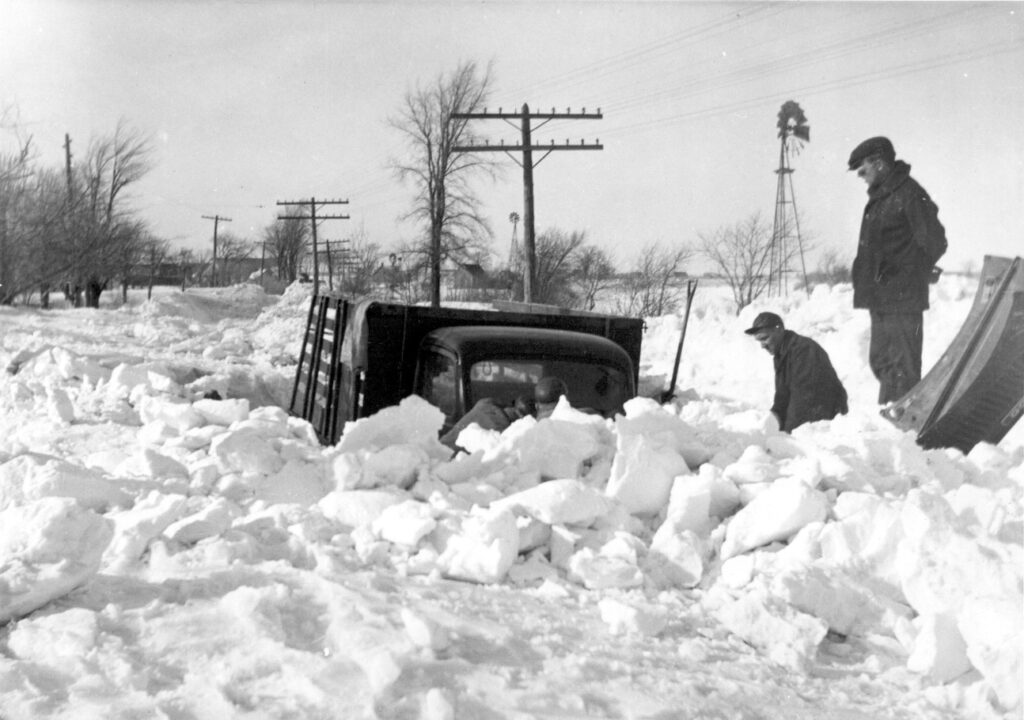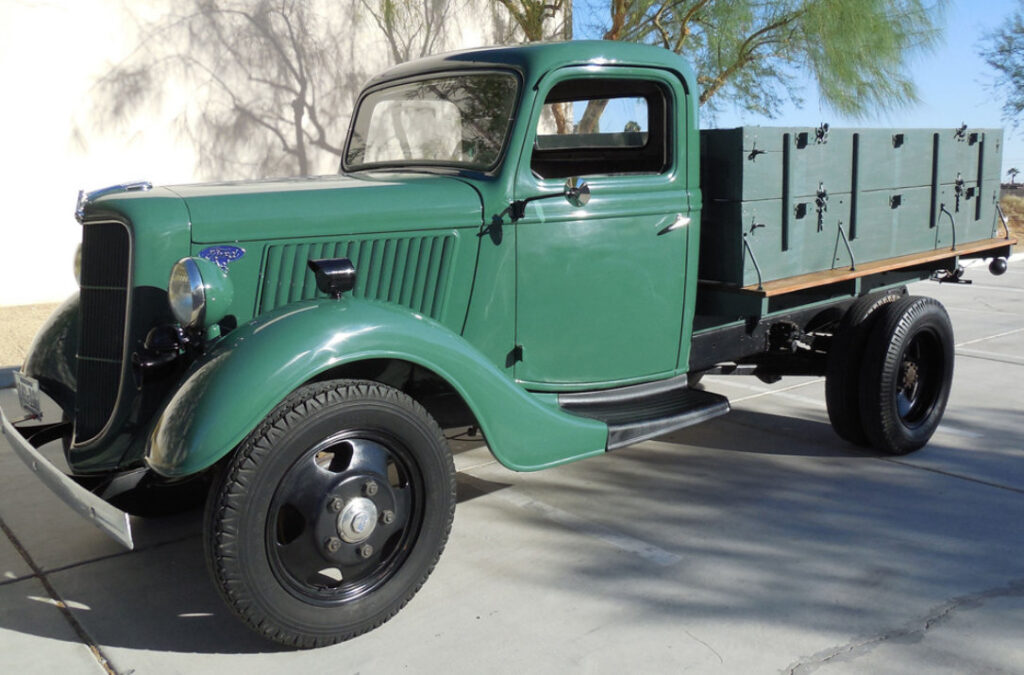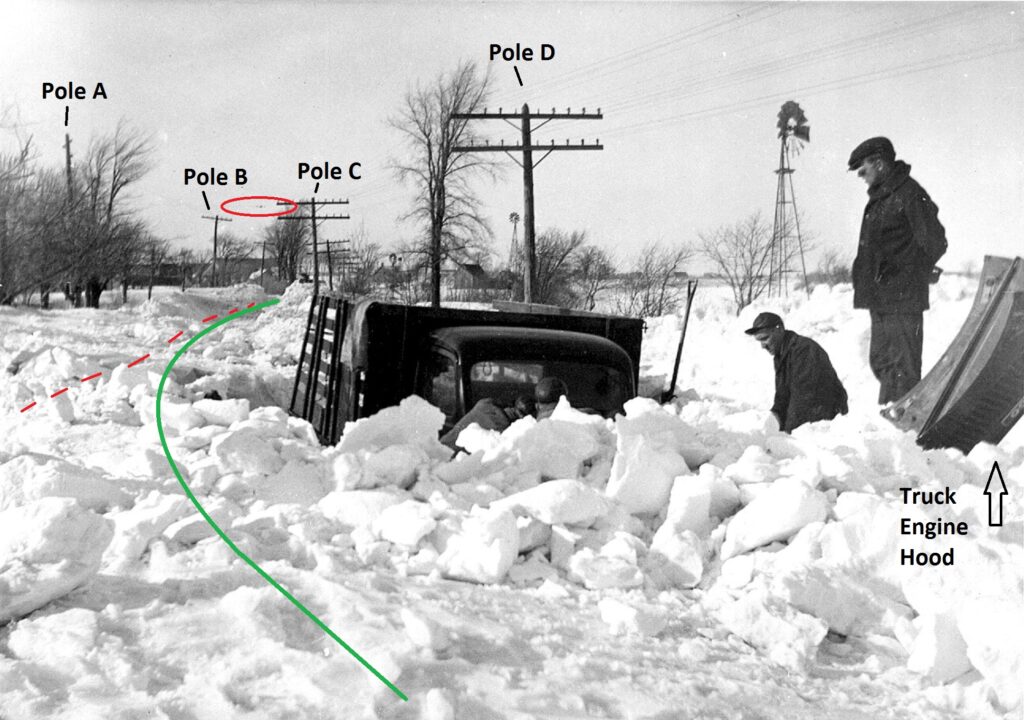
Caption This!
We offer you a new series for a new year. This photo from our McGill University Archives Photo Collection is one of many about which we have little information. While often we may have a date range, some information from the fonds, sometimes a location, or a photographer, it is common that the subjects of such photos remain anonymous. We invite you to consider this photo and share your thoughts.
- What clues do you see that could reveal more information?
- What catches your attention?
- What place do anonymous photos like this one have in historical collections?
- What would you caption this photo?
We invite you to share your comments in a mediated discussion on Twitter (@McGill_ROAAr), on Instagram (@mcgill_rare) or by email to roaar.library@mcgill.ca. With your permission, we will post highlights of the discussion on our social media accounts.
Winning caption: Should have stayed home.
Thanks to all who commented, captioned and spent time thinking through clues in this photo. We include here a selection of responses. Thanks to all who joined the conversation!
See the full Thread on Twitter, and the discussion on Instagram. Some excellent runner’s up:
Have you tried rocking it?
Sure, just stop for ice you said!
Winter? It’s snow problem
We include here by permission some detailed analysis from Montrealer David Nercessian:
At first glance this looks like a scene in late winter after a big snowstorm. The buildings suggest rural Quebec, in the vast agricultural area of the monteregian plain southeast of Montreal, such as near Iberville or Farnham. The angle of the sun and intensity of the light suggest late February or early March. The truck isn’t smothered in snow but it’s of a dark colour and the sun at that time of year would be strong enough to melt any snow landing on its surfaces.

I thought the men were preparing to tow the truck out of the ditch by attaching a rope or chain to the bumper or front suspension but the dark object at far right is the hood off the truck. It might be a 1935 or ’36 Ford stake truck, whose hoods consisted of four pieces with a central hinge down the middle. Louvres were vertical on the sides and are visible on the object at right. The hood assembly could be readily removed to give better access to the engine.
The fact that two men are working on the engine suggests they are trying to get it started and towing isn’t of concern. Engines in those days had ignition systems that were very sensitive to moisture and needed points in the distributor to be precisely set. With difficult starting a common procedure was to remove distributor cap and ignition wires to warm them and drive out moisture. They used 6 volt systems and starting in winter with a weak battery was often impossible without hand-cranking. Doing so saved the battery which provided more current for ignition.

Poles C and D and the ones behind C immediately suggest telegraph poles along a railway track. With the two cross-arms and what look like sixteen wires, it would be an important route. I thought perhaps the track followed a straight line marked by broken red line. But the truck would have had to have been on the track to get where it is, which is unlikely. Alternatively I thought the truck might have slipped off a road behind it and the men, this being near a level crossing. But Poles C and D are not aligned, and unless there were something like a bridge behind the camera necessitating the misalignment, it seems more likely this is just a curved highway following the green line.

Poles A and B on the other side of the road were probably carrying higher-voltage electricity, not telegraph lines. The object in the red ellipse is an insulator in a bracing line that attaches Pole A and C. This serves to keep Pole C vertical since tension in the telegraph wires would otherwise tilt the pole to the right. There would probably be guy lines attached to Pole A to keep it vertical in turn, but the trees on the left of Pole A prevent confirmation. The presence of the insulator and bracing wire reinforces the likelihood there are no tracks there and it’s just a road instead: a wire over tracks would have to allow greater clearance. Pole A has no cross-arms; rather the wires are attached vertically to single brackets which further suggests pole A stands at a turn in the road.
The fact that there are three windmills suggests farms were still without power, or if they were supplied by the poles on the left, it was only for basic lighting, not for running water pumps.
In conclusion it’s possible the truck had run off the left side of the road during the blizzard that brought all the snow, but stayed upright. It probably already had chains on the rear tires which give excellent traction. The blocks of snow could be the result of the men spending considerable time removing compacted, drifted snow from around the truck. Their main concern is to get the engine running so the truck can back out under its own power. The piles of snow in the background show road clearance is only partly underway, probably by local tractors, even using horses.
I would guess the date would be somewhere between 1945 and 1950. The truck from the late thirties is still quite serviceable, gas and tire rationing are over, and men are back from the war. But electrification is in its infancy, as is highway maintenance.













Leave a Reply
You must be logged in to post a comment.